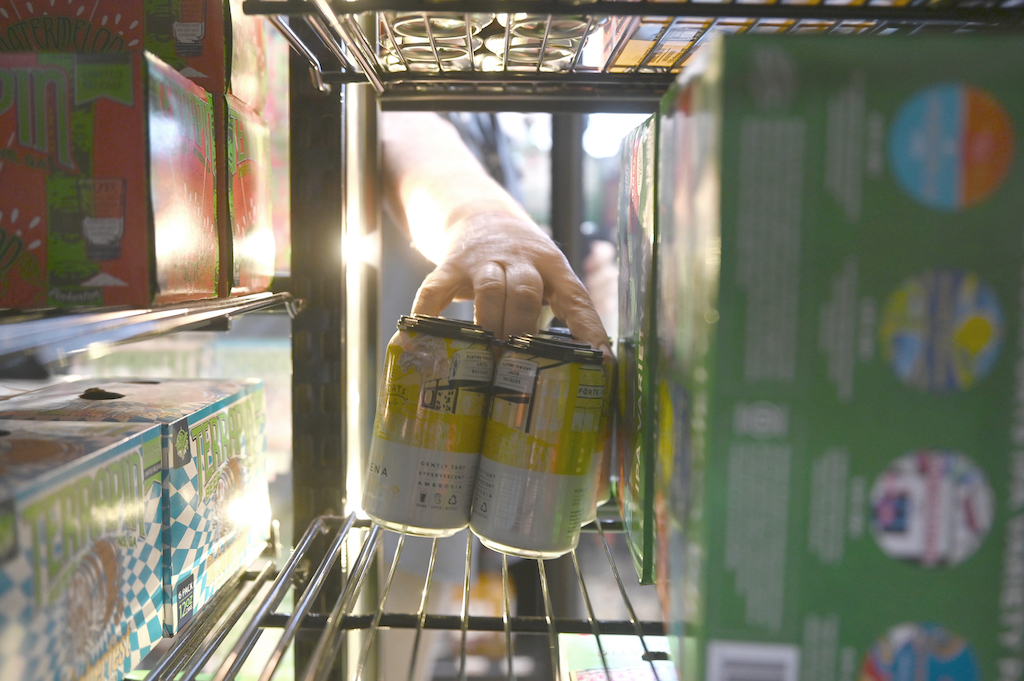
There’s a unique dichotomy in Georgia’s alcohol economy. As a state, Georgia is home to some of the largest alcohol production facilities in the nation—like Anheuser-Busch’s massive brewery in Cartersville and Molson-Coors’ facility in Albany. Yet Georgia is also home to a thriving craft scene that produces an incredible variety of local beers, wines, and spirits.
It’s not an accident that alcohol businesses of all sizes have the opportunity to thrive here. Georgia’s laws governing the production, distribution, and sales of alcohol have been carefully crafted over many decades to ensure a safe, sensible, and, above all, fair playing field.
One of the key ways Georgia’s laws encourage fair competition is through the rules regulating the distribution of beer, wine, and spirits. In Georgia—like in many other states—alcohol is distributed by licensed distributors whose only role is distribution. Distributors cannot manufacture alcohol, nor can they sell it directly to the public.
What is Georgia’s three-tier distribution system?
The result of these rules is what many call the “three-tier distribution system,” which enforces a clear separation between producers, distributors, and retailers. This structure ensures that one company can’t dominate every level of the supply chain, controlling all aspects of alcohol production, distribution, and sales. Georgia’s laws prevent this kind of monopolization. This encourages competitive pricing, broad selection, and continued innovation in the state.
Georgia’s system also creates a chain of accountability from producer to distributor to retailer, protecting against unsafe products and keeping alcohol out of the hands of minors. It ensures that only safe, licensed products are available for consumers to purchase.
Thanks in part to these common sense regulations, Georgia has seen tremendous growth in its craft alcohol industry. In 2011, there were just ten craft breweries in the state. Today, that number has climbed to 180. Likewise, the number of craft distilleries has increased from three to 57 in the same period. According to Georgia Wine Producers, there are now 105 licensed farm wineries in Georgia, up from fewer than 45 a decade ago.
How alcohol license limits create a fair playing field
Another important element of this balanced approach lies in Georgia’s restrictions on alcohol licenses. By limiting the number of alcohol licenses any single business can acquire, Georgia prevents giant retailers from dominating the market.
This policy allows local, family-owned liquor stores and small specialty shops to coexist and thrive alongside larger chains. It also keeps the market diverse; retailers can differentiate themselves by stocking products from local craft brewers, distillers, and winemakers, giving independent producers more opportunities to grow.
Georgia’s fair playing field doesn’t just apply to the success of local producers—it supports the stores, restaurants, and bars that sell alcohol as well. Retailers benefit from a diverse range of products to meet customer demands and, with a single point of contact for distribution, they can access this variety without dealing with the complexity of sourcing directly from multiple producers.
The bottom line: Georgia’s alcohol industry is thriving
When you look deeper into Georgia’s alcohol laws, you see a system that’s carefully balanced to support local businesses—from mom-and-pop retailers to independent producers to aspiring entrepreneurs—while ensuring safe products and promoting public health.
By combining a fair distribution system with sensible licensing rules, Georgia has created an environment where local products have opportunities alongside massive national and international brands.
This balanced approach doesn’t just sustain Georgia’s local businesses; it’s a critical component of the state’s economy, supporting thousands of jobs and fostering vibrant communities across the state. In Georgia, a bottle of wine or a pint of beer isn’t just a product—it’s a testament to a thriving, fair, and sustainable local industry.